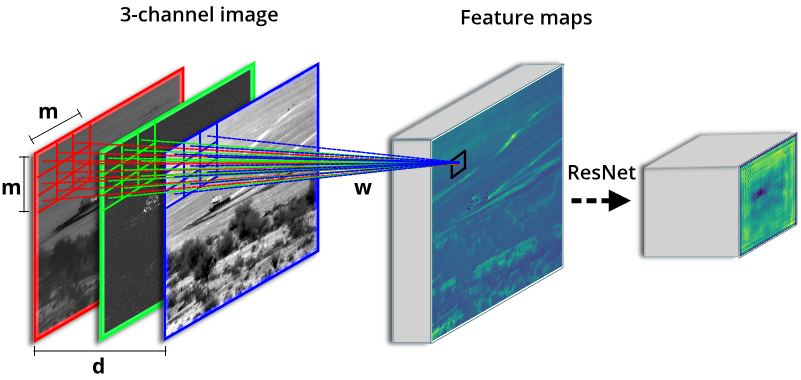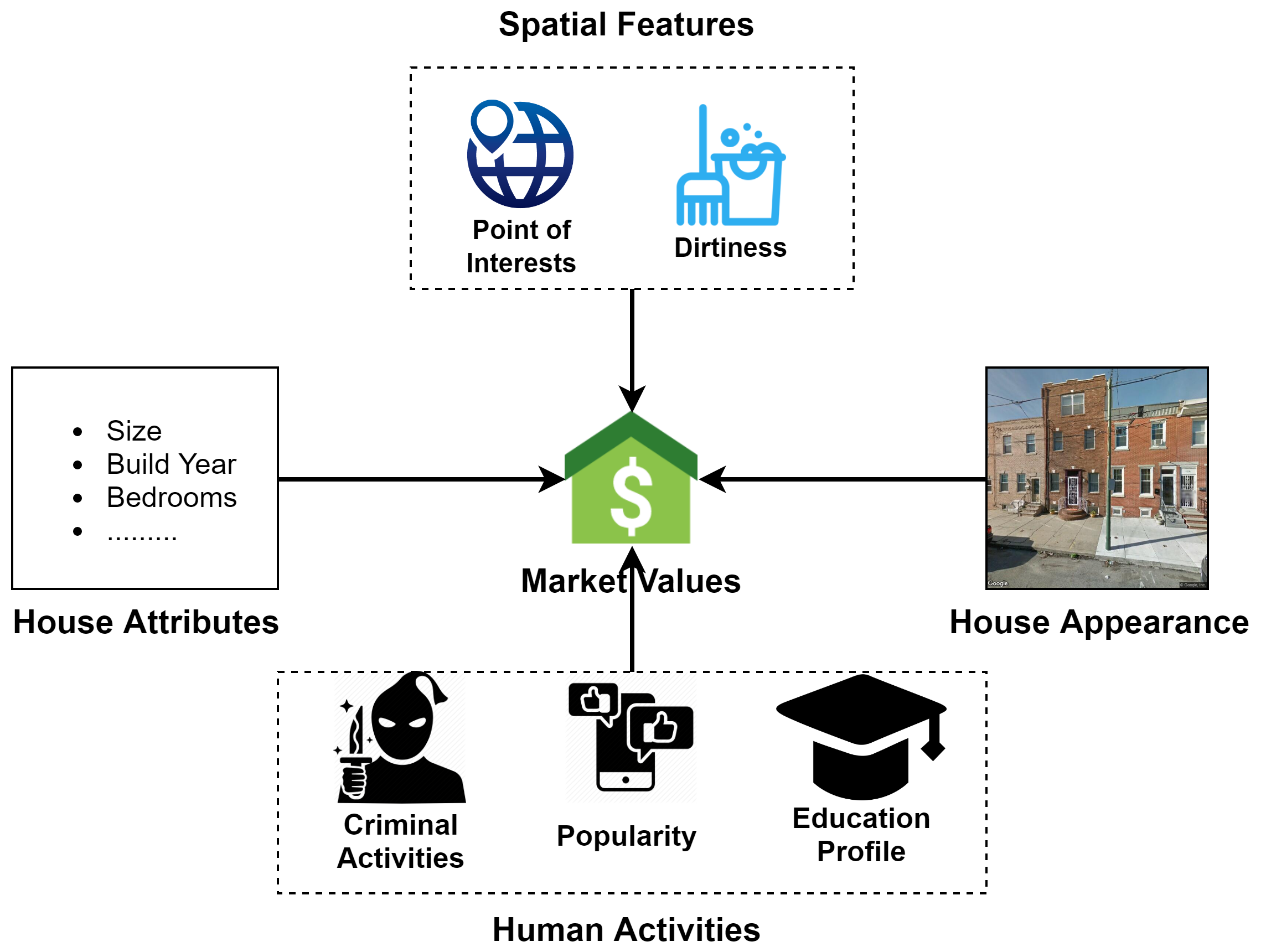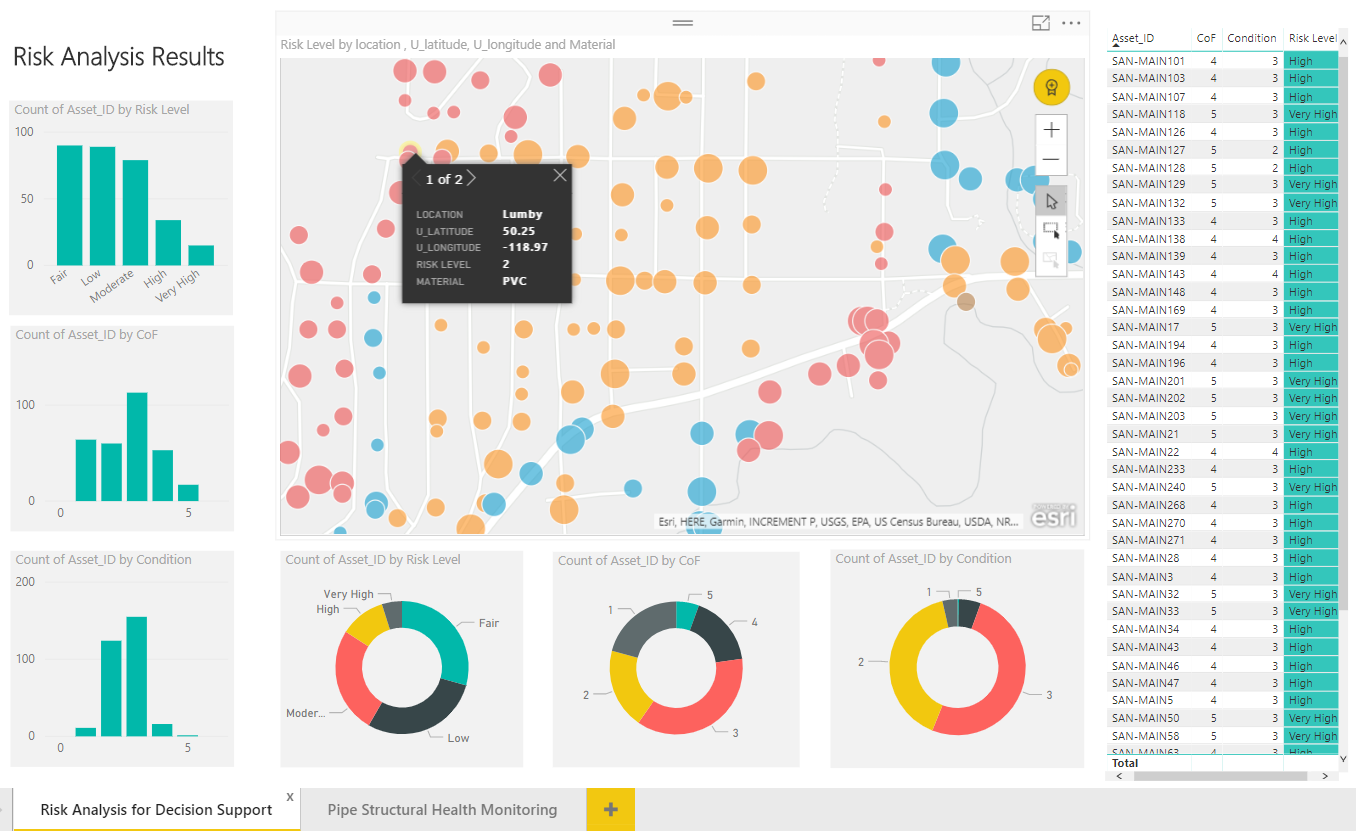Apologies, but no results were found.
Zheng Liu, PhD
Professor
Office: EME4205Phone: 250.807.9970
Email: zheng.liu@ubc.ca
Graduate student supervisor

Research Summary
Intelligent sensing, measurement, and instrumentation; Diagnostics, prognostics, and health management; Predictive maintenance; Digital twin; Computational intelligence and data/information fusion; Non-destructive testing & Evaluation; Machine/computer vision; Data analytics and machine learning.
Courses & Teaching
ENGR 598 (I&II): Predictive Data Analytics; Machine Learning Algorithms
ENGR 526: Multi-Sensor Data Fusion: System Architecture and Applications ENGR 489/589: Multicriteria Optimization and Design of Experiments
ENGR 424: Smart Cities
ENGR 417: Pipeline Integrity Management
APSC 254: Instrumentation and Data Analysis
Biography
Dr. Zheng Liu received his doctorate in engineering from Kyoto University (Kyoto, Japan) in 2000 and earned a second Ph.D. from the University of Ottawa in 2007. From 2000 to 2001, he was a research fellow at the Nanyang Technological University (Singapore). He then joined the National Research Council (NRC) of Canada (Ottawa, Ontario) as a Governmental Laboratory Visiting Fellow nominated by NSERC in 2001. In 2002, he became a Research Officer associated with two research institutes of NRC (Aerospace Research [IAR] & Research in Construction [IRC]). From 2012 to 2015, Dr. Liu was a full professor at Toyota Technological Institute in Nagoya, Japan. In August 2015, Dr. Liu joined the University of British Columbia (Okanagan campus) in Kelowna, BC, Canada. His research interests include non-destructive inspection & evaluation, condition assessment, predictive maintenance, data/information fusion, computer/machine vision, pattern recognition, machine learning, sensor/sensor network, digital twin and digital twin computing. Dr. Liu is a fellow of SPIE and a senior member of IEEE. He was the vice president for publication at the IEEE Instrumentation and Measurement Society (2016-2017). He holds professional engineer licenses in both Ontario and British Columbia. Dr. Liu also serves on the editorial boards for many peer-reviewed journals.
Work Experience:
- July 2020 — Present: Professor, University of British Columbia Okanagan, Kelowna, BC, Canada
- Aug 2015 — Jun 2020: Associate Professor, University of British Columbia Okanagan, Kelowna, BC, Canada
- Apr 2012 — Aug 2015: Professor, Toyota Technological Institute, Nagoya, Japan
- Apr 2002 — Apr 2012: Research Officer, National Research Council of Canada, Ottawa, ON, Canada
- Apr 2001 — Mar 2002: NSERC Government Lab Visiting Fellow, National Research Council of Canada, Ottawa, ON, Canada
- Mar 2000- Mar 2001: Research Fellow, Nanyang Technological University, Singapore
Websites
Intelligent Sensing, Diagnostics and Prognostics Research Lab (Follow @isdprl)
Degrees
-
2000: Ph.D. -- Earth Resources Engineering, Kyoto University, Kyoto, Japan
2007: Ph.D. -- Electrical Engineering, University of Ottawa, Ottawa, ON, Canada
1996: Master of Eng. -- Beijing University of Chemical Technology, China
1991: Bachelor of Eng. -- Beijing Institute of Chemical Fiber Technology, China
Research Interests & Projects
Thermal Image translation for enhanced environmental perception at night
Human has poor night vision compared to many animals, partly because human eyes lack tapetum lucidum. This biological deficiency may lead to several undesirable fatalities. Hence, context enhancement plays a critical role in many night vision applications. In the dark night situation, the visible camera does not function properly but the Infrared (IR) thermal camera works well which can highlight the objects with emitted energy. Theoretically, the useful semantic information of an image to the human visual system (HVS) includes contour, texture and colour. But the IR image only has the contour information. In this research project, we aim to develop a framework to translate the IR image at dark night to the colour visible image with rich semantic information for enhanced environmental perception at night.

Deep multi-modal image fusion for enhanced situation awareness
Automated situation awareness in complex and dynamic environments is a challenging task. The accurate perception of the target is critical for the successful completion of a mission. In this research project, the objective is to develop a deep learning multi-modal image fusion algorithm for enhanced situation awareness and toward the preservation of soldier safety in operations, the achievement of threat identification and possible avoidance, the minimization of collateral damages, and the achievement of improved speed, accuracy, confidence, assurance, and precision of impact as part of the operations decision-action cycle.

Deep learning for applications in property assessment
Property assessment is the procedure of valuation of estates which is important in terms of daily life and urban planning. Current relevant methods are commonly based on pure house own attributes. However, the values of houses also depend on various factors of community, geography, and appearance. We aim to take advantage of deep learning approaches from RNN to CNN to incorporate such factors for property assessment.

AIS data-driven vessel destination prediction
Navigation is one of the majority transportation in the world. However, the accurate destination prediction for the on-the-way vessels is not available now. Through analyzing the historical AIS records and geographical information, we proposed a machine learning based vessel destination prediction by comparing on-the-way trajectory with the historical trajectories approach.

Data-driven Predictive Analytics for Infrastructure Management
Canadian municipalities have reported that 59% of the water systems needed repair and the status of 43% of these systems is unacceptable. Thus, it is important to have an integrated asset management system to optimize the rehabilitation process. Integrated infrastructure management consists of several components such as asset condition monitor and evaluation, pipe failure consequence, and risk analysis. The objective of our study is to provide an integrated decision-support framework for asset management by developing a general ensemble learning framework for pipe performance prediction and a weighted-score system for pipe risk analysis.

Oil and gas pipeline integrity assessment based on ILI data
Oil and gas pipelines are subject to catastrophic accidents or failures due to leakages and ruptures. Wall thickness loss due to corrosion is a significant reason for pipeline failure. Therefore, In-line inspection (ILI) is carried out periodically to detect and quantify the metal loss. Multiple sensors are often employed to perform the non-destructive in-line inspection. In this research project, we aim to fuse multiple ILI data, e.g. magnetic flux leakage (MFL) and axial flaw detection (AFD) data, to achieve improved pipeline integrity assessment.
Automated measurement of the joint gap in the pipeline
CCTV (closed-circuit television) inspection system is employed for water pipe inspection. The modern CCTV system is equipped with a high-definition camera, laser profiler, and sonar sensor for a more comprehensive assessment of pipe condition. The automatic and quantitative interpretation of the inspection data still remains a technical gap for current CCTV systems. As laser profiling is precise, it is possible to achieve an accurate measurement with the laser sensor. One practical need is to quantify the joint gap between pipe segments. The objective of this research project is to develop algorithms to extract the projected laser profile on the pipe inner surface from CCTV video sequences and measure the gap with the required precision.
Selected Publications & Presentations
Books:
- Yufeng Zheng, Erik Blasch, and Zheng Liu, Multispectral Image Fusion and Colorization, SPIE, 2018, ISBN 9781510619067
- Zheng Liu, Hiroyuki Ukida, Pradeep Ramuhalli, and Kurt Neil, Eds., Integrated Imaging and Vision Techniques for Industrial Inspection – Advances and Applications, Advances in Computer Vision and Pattern Recognition. Springer-Verlag London Ltd., 236 Gray’s Inn Road, London WC1X 8HB, United Kingdom, September 2015
- Rick S. Blum and Zheng Liu, Eds., Multi-Sensor Image Fusion and Its Applications, Signal Processing and Communications. Taylor & Francis, 2005.
Others:
Selected Grants & Awards
- IAPR Best Application Paper Award, “Real-time lane estimation using deep features and extra trees regression” by V. John, Z. Liu, C. Guo, S. Mita, and K. Kidono, 7th Pacific Rim Symposium on Image and Video Technology, Auckland, New Zealand, November 2015
- NVIDIA Best Poster Award, “Deep learning-based real-time lane detection for intelligent vehicles” by V. John, Z. Liu, S. Mita, GPU Tech Conference, Tokyo, Japan, 2015
- SPIE Community Champion for outstanding volunteerism with the Society, 2019
- Outstanding Contribution in Reviewing, Information Fusion (Elsevier), 2019
Professional Services/Affiliations/Committees
Professional Services
- 2011 – present: Area Editor, Information Fusion (Elsevier)
- 2024 – present: Associate Editor, IEEE Transactions on Emerging Topics in Computational Intelligence
- 2022 – present: Associate Editor, IEEE Transactions on AgriFood Electronics
- 2008 – present: Associate Editor, Machine Vision and Applications (Springer)
- 2017 – present: Associate Editor, IEEE Journal of Radio Frequency Identification
- 2019 – present: Associate Editor, IET/CAAI Transactions on Intelligence Technology
- 2018 – present: Editorial board member, International Journal of Affective Engineering (Japan Society of Kansei Engineering)
- 2010 – 2021: Associate Editor, IEEE Transactions on Instrumentation and Measurement
- 2019 – 2022: Technical Editor, IEEE Transactions on Mechatronics
- 2019: Vice Editor, Canadian Journal of Electrical and Computer Engineering
Professional Affiliations
- 2009 – present: Member/Senior Member/Fellow, SPIE (International Society for Optics and Photonics)
- 2002 – present: Senior Member, IEEE (Signal Processing Society, Instrumentation and Measurement Society, Computational Intelligence Society, Industrial Electronics Society, Standard Association)
- 2012 – present: Member, Information Processing Society of Japan
- 2015 – present: Member, Statistical Society of Canada
- 2020- present: Member, Association for Computing Machinery
Professional Committees
- 2017 – present: Member, Photonic Technology in Instrumentation and Measurement (TC-42), IEEE Instrumentation and Measurement Society
- 2016 – present: Member, IEEE Standard Association – IoT (Internet of Things) Steering Committee
- 2015 – present: Member, Standards Technical Committee, Sensors and Actuators Committee, Cloud and Wireless Systems for Industrial Applications Committee, IEEE Industrial Electronics Society
- 2007 – present: Technical Committee on Industrial Inspection (TC-1), IEEE Instrumentation and Measurement Society
Media
